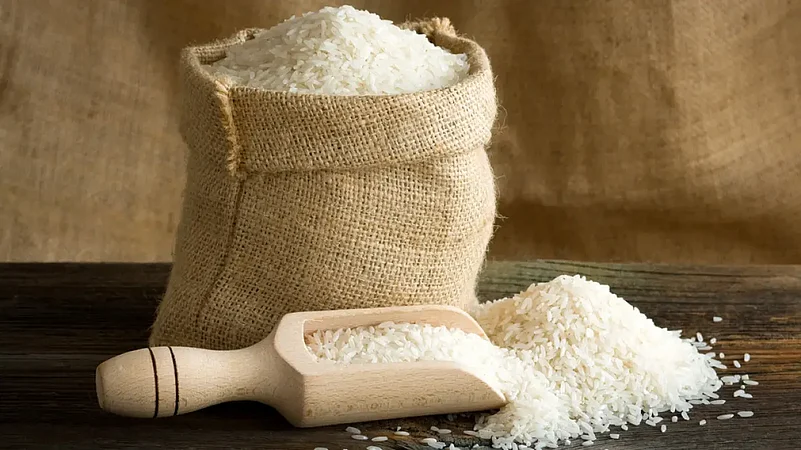In the latest report released by Food and Agriculture Organization in November, global cereal production in 2024 is forecasted at 2,848 million tonnes, only marginally down by 0.4 per cent compared with the previous year. The modest decline almost entirely has been a result of lower maize production due to adverse weather conditions in South America, Europe and Southern Africa.
The report, titled Crop Prospects and Food Situation, forecasted global wheat production to rise, with upsurge mainly in Asia. It also projected rice production to increase.
Aggregate rice exports is also projected to be 6 per cent higher year on year (YoY) in East Asia driven mostly by increased exports in India as the government has removed all restrictions on exports of non-broken rice in October.
In India, the production of rice and maize is estimated to be above-average compared to other Asian countries amid above average harvests, despite climate shocks as heatwaves and uneven rainfall. "Bumper maize outputs are expected in the leading producers, including Bangladesh, China (mainland) and India," mentioned the report.
Abundant monsoon rains from July to September 2024, along with adequate availability of agricultural inputs, led to rise in cereal production in most countries including India, the report said. This was despite poor rains in the first half of the year associated with the 2023-24 El Niño event.
Production: Rice, Wheat and Maize
Heavy rains and several cyclones caused flooding and crop losses, especially affecting paddy crops in some parts of the country.
"Heavy rains and several typhoons and cyclones, including Typhoon Yagi in late September 2024, caused flooding and crop losses, especially affecting paddy crops in parts of Bangladesh, China (mainland), India, Myanmar, Nepal, the Lao People’s Democratic Republic and Pakistan, curbing production gains in some countries," the report said.
However, cereal production in India is estimated to rise from 374.4 million tonnes in 2023 to 380.6 million tonnes in contrast to countries like Myanmar, Japan, Nepal, North Korea and Vietnam which have witnessed a slight decline.
High domestic demand kept the rice price higher in 2024 compared to last year despite marginal decline in prices between June and September. This is in contrast to countries like China where wholesale prices were generally stable throughout the year, according to the report. Moreover, in Thailand and Vietnam, the other key rice exporting countries, domestic prices of rice declined for the fourth consecutive month in September 2024 reaching lower YoY levels.
The report which focuses on developments affecting the food situation of developing countries, particularly, low-income food-deficit countries, also forecasted maize output to increase 7 per cent above the five-year average in East Asia due to continued strong demand from the feed industry.
Moreover, domestic prices of wheat and wheat flour declined between June and September 2024 and were generally lower YoY in most wheat producing countries of India, China, Bangladesh and Pakistan. In importing countries also, prices declined following trends in international markets.
Food Insecurity in Parts of East Asia
Although food security conditions are gradually improving in most countries, high domestic food prices and internal conflicts continue to have a significant negative effect on acute food insecurity for a large number of people in East Asian countries. The report suggested major section of the population in Myanmar, Bangladesh, Afghanistan, Pakistan facing acute food insecurity.































